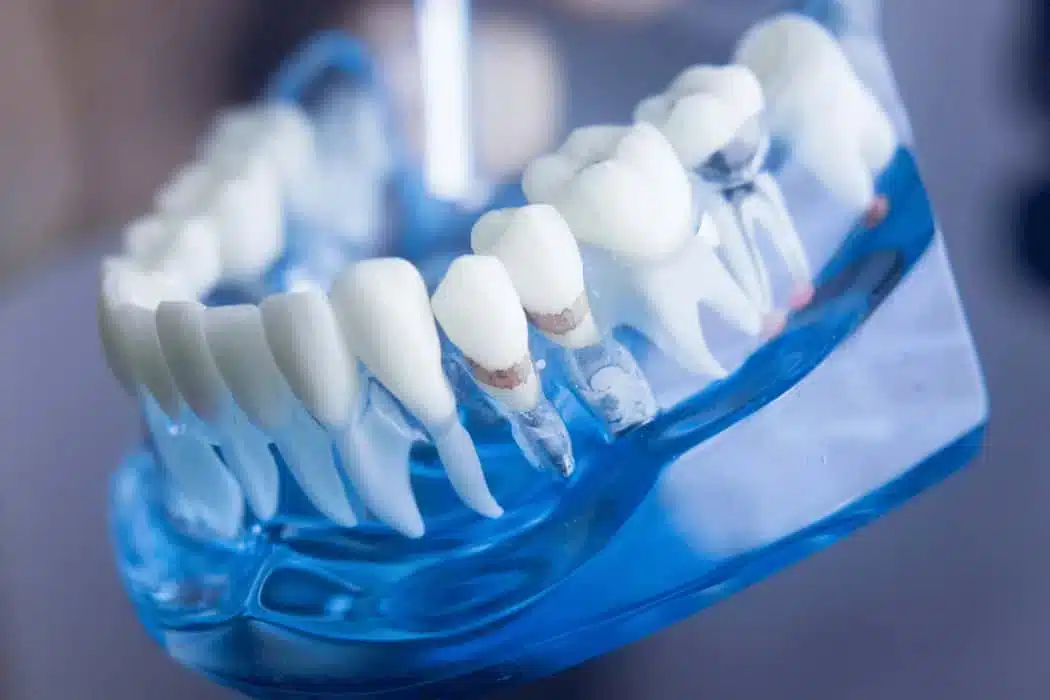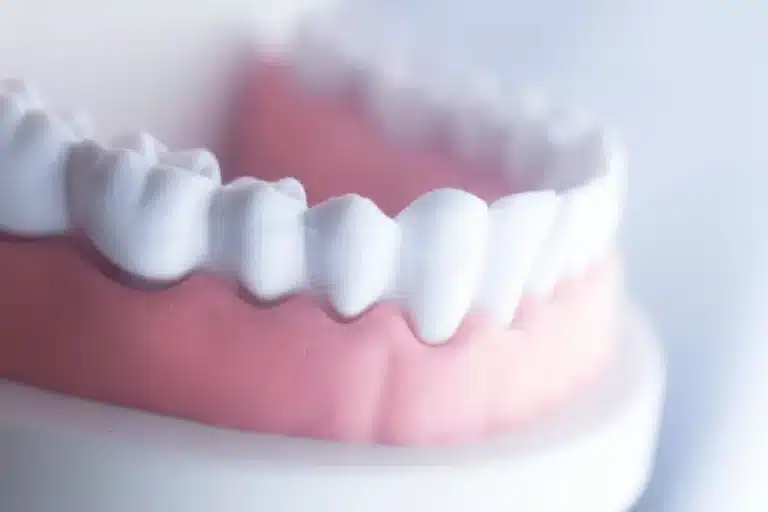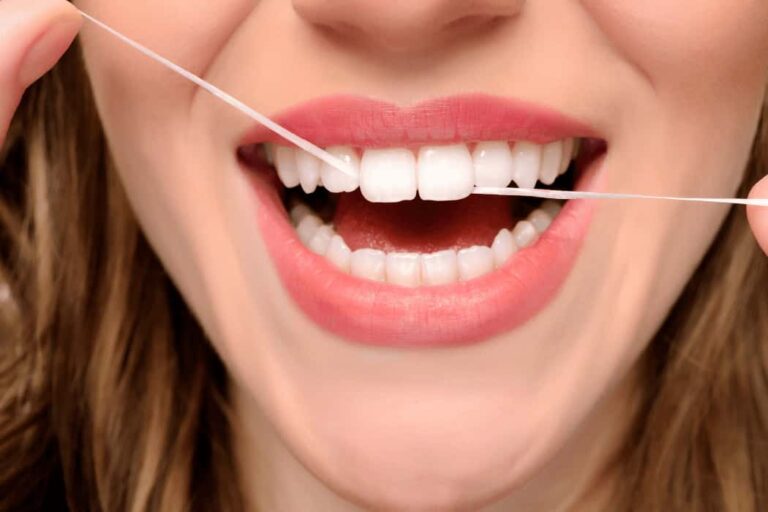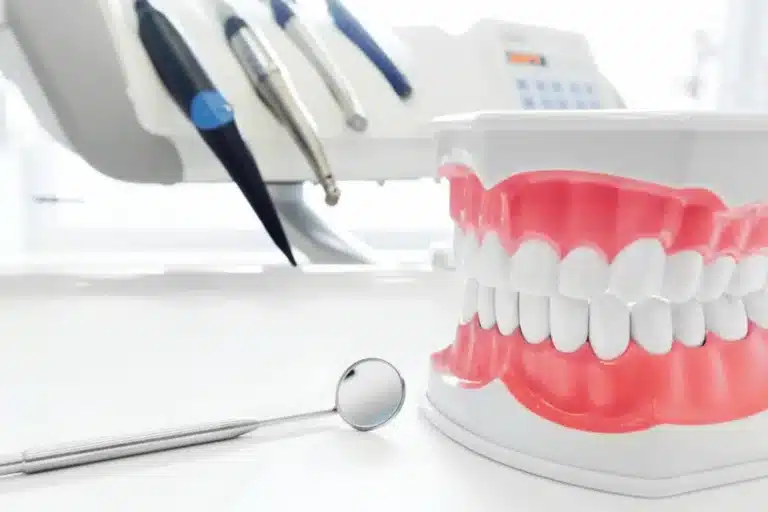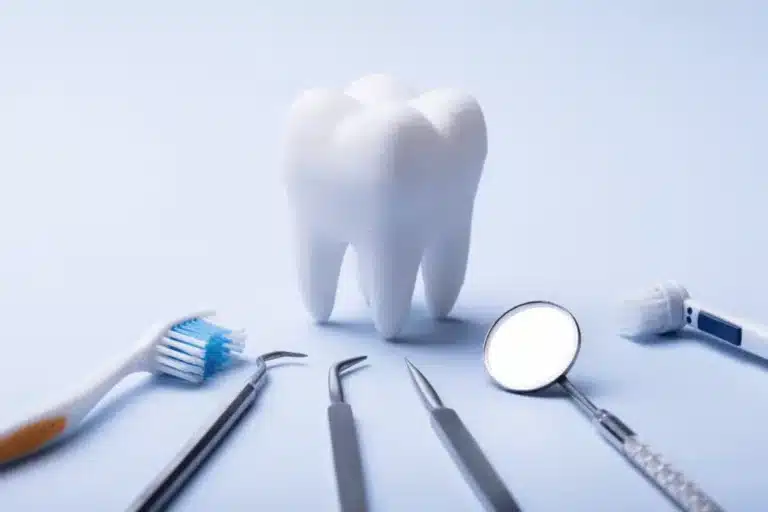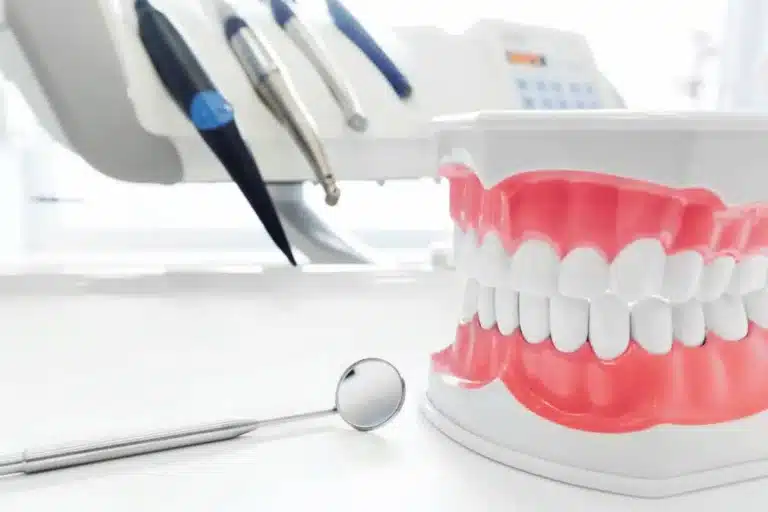A Complete Guide to Sedation Dentistry
The fear and anxiety associated with dental visits are common challenges that many individuals face. Sedation dentistry, often referred to as sleep dentistry, Dentist in Frisco TX has emerged as a transformative solution to create a more relaxed and stress-free dental experience. In this comprehensive guide, we’ll explore the world of sedation dentistry, unraveling the various options available, their benefits, and considerations for individuals seeking a more comfortable approach to dental care.
I. Understanding Sedation Dentistry
Sedation dentistry involves the use of medication to help patients relax during dental procedures. It is an ideal solution for individuals with dental phobia, anxiety, or those undergoing extensive treatments. The primary goal is to ensure that patients feel at ease, making dental visits more accessible and comfortable.

II. Different Types of Sedation in Dentistry
A. Nitrous Oxide (Laughing Gas)
Nitrous oxide, commonly known as laughing gas, is a mild sedative administered through a mask placed over the nose. It induces a state of relaxation and euphoria, allowing patients to remain conscious but at ease throughout the procedure. Nitrous oxide is quick-acting, and its effects wear off shortly after the mask is removed.
B. Oral Sedation
Oral sedation involves the administration of a prescribed sedative pill before the dental procedure. The level of sedation can range from mild to moderate, depending on the dosage. Patients may feel drowsy but can still respond to stimuli. Oral sedation is often used for individuals with moderate anxiety.
C. Intravenous
Intravenous sedation is delivered through a vein, providing a more profound level of sedation. It is commonly used for complex dental procedures or for individuals with high anxiety levels. While patients are still conscious, they may not remember the details of the procedure. IV sedation requires careful monitoring by a trained professional.
D. General Anesthesia
General anesthesia induces a state of unconsciousness, rendering the patient completely unaware during the dental procedure. This form of sedation is typically reserved for extensive surgeries or for patients with severe dental anxiety. General anesthesia requires careful monitoring and is administered by an anesthesiologist.
III. The Benefits of Sedation Dentistry
A. Anxiety Reduction
The most significant benefit of sedation dentistry is anxiety reduction. Individuals who experience fear or nervousness about dental visits can feel more at ease, allowing them to undergo necessary treatments without distress.
B. Increased Pain Threshold
Sedation dentistry can raise the pain threshold of patients, making them less sensitive to discomfort during dental procedures. This is particularly beneficial for individuals with low pain tolerance or those undergoing more invasive treatments.
C. Time Efficiency
Sedation can enhance the efficiency of dental procedures by minimizing patient discomfort and allowing the dentist to work more quickly. This is advantageous for complex treatments that may take an extended period.
D. Memory Blockage
Certain forms of sedation, such as IV sedation and general anesthesia, may result in partial or complete memory blockage of the dental procedure. This is beneficial for individuals who prefer not to remember the details of their treatment.
IV. Considerations for Sedation Dentistry
A. Medical History and Consultation
Before undergoing sedation dentistry, a thorough medical history review is essential. Patients should inform their dentist about any medications, allergies, or medical conditions. A consultation with the dentist will help determine the most suitable sedation option.
B. Monitoring and Safety
Regardless of the sedation method chosen, patient safety is of paramount importance. Proper monitoring of vital signs, including heart rate and blood pressure, ensures a secure and controlled sedation experience. Dentists and staff should be trained in emergency protocols.
C. Post-Sedation Recovery
After the dental procedure, patients may experience drowsiness or grogginess. It is essential to arrange for transportation home, and individuals should avoid driving or operating heavy machinery for a specified period after sedation.
Conclusion
Sedation dentistry has revolutionized the dental experience, offering a pathway for individuals to overcome anxiety and fear associated with dental visits. Whether it’s the mild relaxation induced by laughing gas or the profound unconsciousness of general anesthesia, sedation dentistry provides tailored solutions for patients with varying levels of anxiety and for diverse dental procedures. By understanding the options and considering individual needs, individuals can embark on a journey toward a more comfortable and stress-free dental experience. Consultation with a qualified dentist will help determine the most suitable sedation approach, ensuring both oral health and peace of mind.

